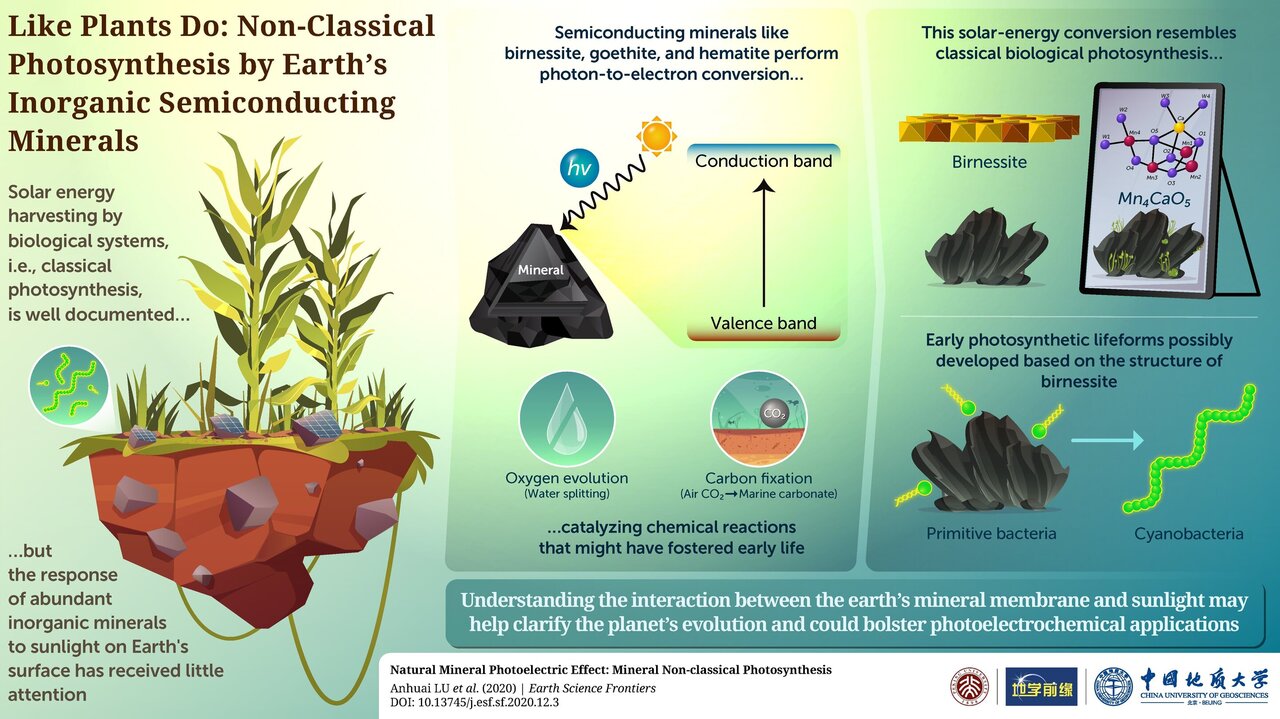Photosynthesis is the process by which plants, algae, and some bacteria convert light energy into chemical energy. This process is essential for the survival and growth of these organisms, as it allows them to produce their own food and release oxygen into the atmosphere. Sunlight plays a crucial role in photosynthesis, as it is the source of the energy needed for this process to occur.
During photosynthesis, plants absorb light through pigments called chlorophyll, which are found in the chloroplasts of plant cells. Chlorophyll absorbs light energy and converts it into chemical energy in the form of ATP (adenosine triphosphate) and NADPH (nicotinamide adenine dinucleotide phosphate). These energy-rich molecules are then used to power the synthesis of glucose, the primary source of energy for plants.
Sunlight is important for photosynthesis because it provides the energy needed to power this process. Different wavelengths of light, including visible light and ultraviolet (UV) light, are absorbed by chlorophyll and other pigments. The wavelengths of light that are most effective for photosynthesis are those in the blue and red parts of the electromagnetic spectrum.
In addition to providing the energy needed for photosynthesis, sunlight also plays a role in regulating the process. The intensity and duration of sunlight can affect the rate of photosynthesis, as well as the overall productivity of the plant. For example, plants exposed to intense, full-spectrum sunlight will typically photosynthesize more efficiently than those that are shaded or exposed to lower levels of light.
Sunlight is also important for plant growth and development. It helps to stimulate the production of hormones and enzymes that are necessary for proper growth and development. In addition, sunlight helps to regulate the opening and closing of the stomata, small pores on the surface of plant leaves that allow for gas exchange. The opening and closing of the stomata is controlled by the plant's internal clock, which is in turn influenced by the length of daylight.
In conclusion, sunlight plays a vital role in photosynthesis, providing the energy needed to convert light energy into chemical energy. It also helps to regulate the process and plays a role in plant growth and development. Without sunlight, plants would not be able to produce their own food and sustain themselves, which would have significant consequences for the entire ecosystem.
What Is The Role Of Sunlight In Photosynthesis » blog.sigma-systems.com

Is carbon dioxide good for plants? The Benefits Of Natural Light For Photosynthesis As a result, natural light aids in photosynthesis because it provides the light energy plants require to generate food, and it also provides light from all parts of the electromagnetic spectrum. This figure shows the response of Vio-enriched proteins when subjected to a lower pH than in the left figure, thus an increase in proton concentration replicating conditions in bright sunlight. Why is chlorophyll important in the photosynthesis reaction? If you are thinking about growing plants indoors, you should keep a few things in mind. Light-emitting diode LED lighting is ideal for indoor plants because it emits a diverse range of colors, ranging from blue to green, and can be configured to a constant or intermittent mode. Plants, algae, and a few microorganisms perform this process.
Understanding how plants use sunlight

The plant height is displayed in real time under various artificial lights. The most efficient wavelength in photosynthesis is red light. What is main product of photosynthesis? The importance of ensuring that we get enough of this vital resource cannot be overstated. What is the role of carbon dioxide in photosynthesis? Through the process of photosynthesis, sun light is absorbed by plants and converted into chemical energy. As a result, six reactants, including six carbon dioxide molecules and six water molecules, are converted into six sugar molecules and six oxygen molecules by chlorophyll implied by the arrow. The energy from the photons is used to convert water and carbon dioxide into the sugar molecule, glucose. When plants respire, they take in oxygen and turn it into carbon dioxide.
What is the importance of sunlight to plants?

Light from regular incandescent bulbs, on the other hand, is lacking in the color spectrum, which plants require. Photosynthesis is the process by which plants use sunlight, water, and carbon dioxide to create oxygen and energy in the form of sugar. Researchers agree that one key to quenching is a pigment within the LHCSR — called a carotenoid — that can take two forms: violaxanthin Vio and zeaxanthin Zea. Plants are able to absorb more sunlight and grow faster as a result of these characteristics. Already, tests using ultrafast spectroscopy on those samples has shown that one key energy-transfer step occurs 30 percent faster than measured in detergents. Chloroplasts are found in chloroplasts on leaves as well as mesophyll cells. Where do photosynthesis plants take place in the desert? During the first stage of the experiment, the energy of light is absorbed and used to drive a series of electron transfers.









